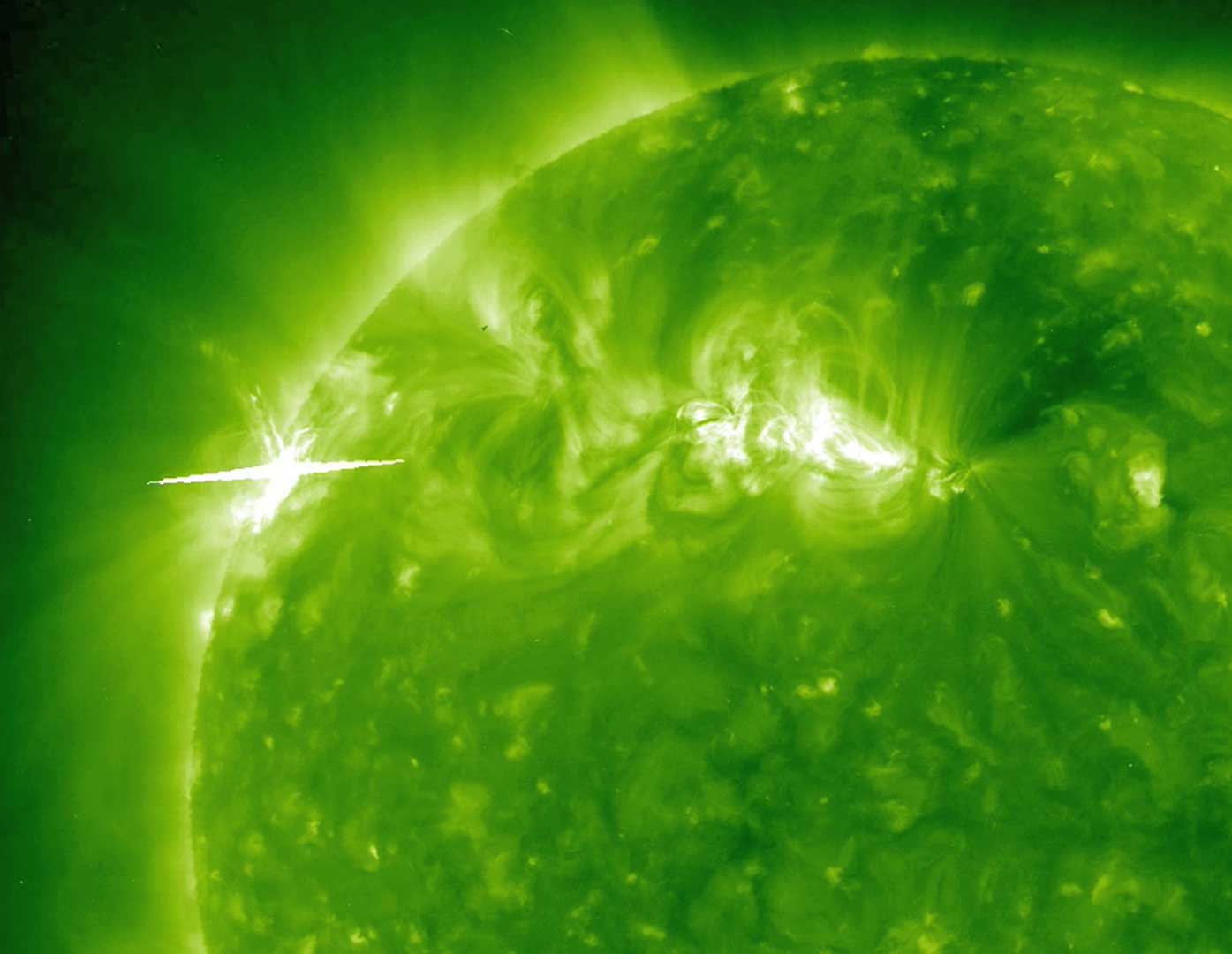|
10 minutes maximum! Can you do it in 5? |
|||||||||||||||||
1. Which one of the following methods of thermal energy transfer is most effective through solids?
|
|||||||||||||||||
2. Which of the following is the best definition of the 'albedo' of a body?
|
|||||||||||||||||
3. What is the accepted average value of the Earth's albedo?
|
 |
||||||||||||||||
4. The 'solar constant' is a key value for considering global warming and the greenhouse effect. The value for Earth is taken to be about 1.4 kW m-2. Which of these best describes the solar constant?
| |||||||||||||||||
5-7. The graph below shows the how the intensity of radiation varies at different wavelengths for a given body.
|
|||||||||||||||||
5. Which of the answers below best describes this radiation spectrum?
|
|||||||||||||||||
6. The radiation graph shown above is characteristic of a certain temperature. What happens to the height and position of the peak as the temperature falls?
|
|||||||||||||||||
7. The peak wavelength in the graph above is at a wavelength of 2.9 x 10-6 m. This corresponds to a temperature of....
| |||||||||||||||||
| 8. A nearby star is twice the temperature of the Sun, but with only half the total surface area. |  |
||||||||||||||||
What is the total power output of this star compared to the power output of the Sun (PSun)?
|
|||||||||||||||||
9. Which of the following is a major greenhouse gas in the atmosphere?
| |||||||||||||||||
10. Carbon dioxide is a major greenhouse gas. Which of the following statements best describes the action of carbon dioxide in the atmosphere?
| |||||||||||||||||